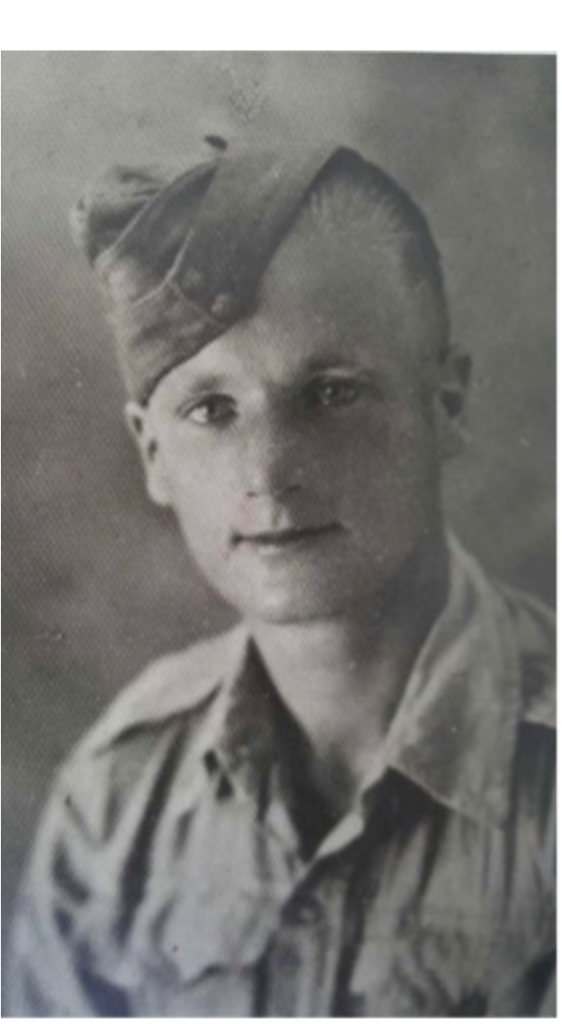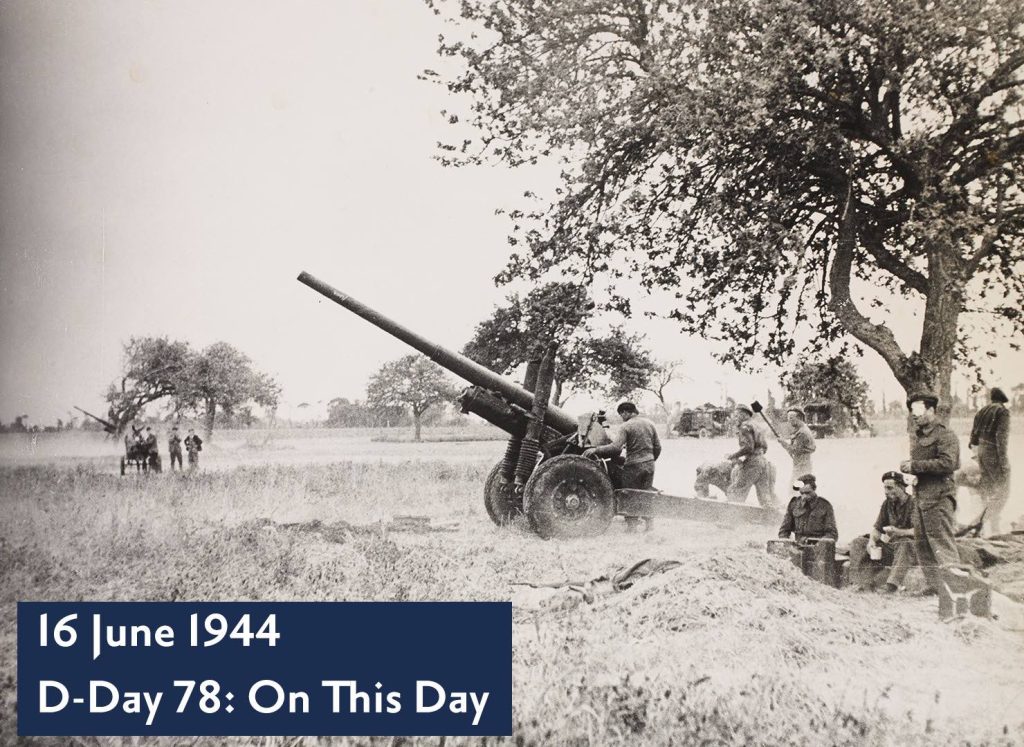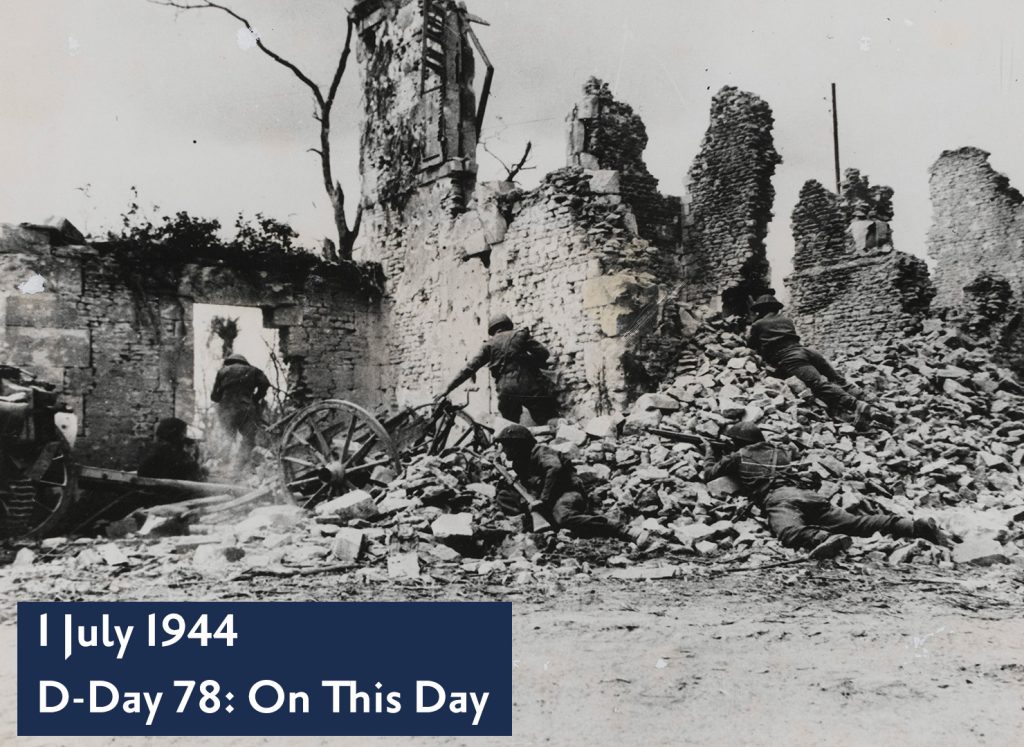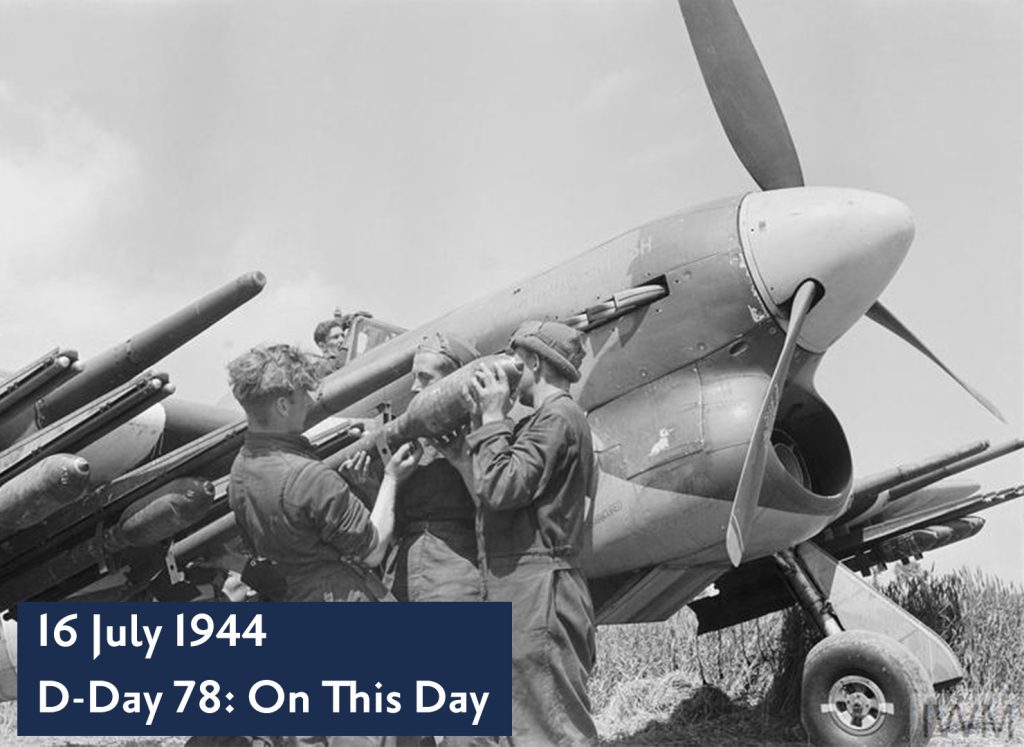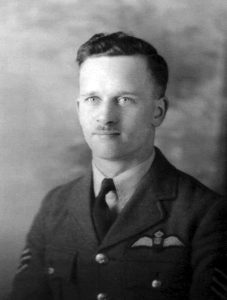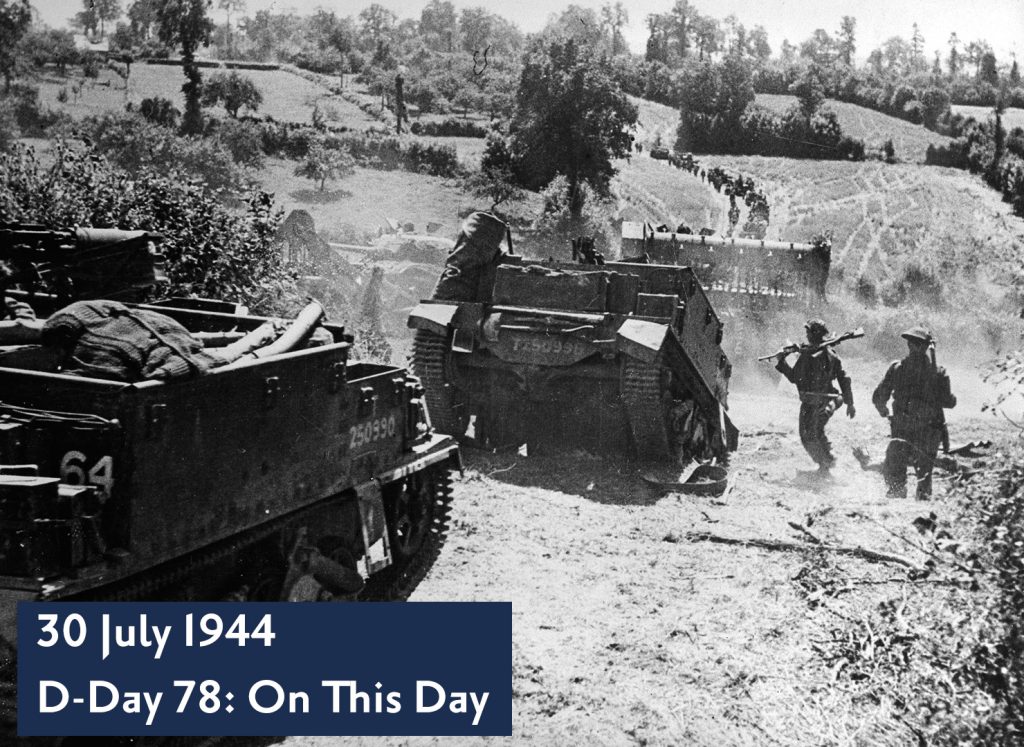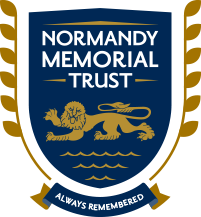78 years on: ‘On This Day’
A collection of Stories of Sacrifice
6 June 1944 marked the beginning of the liberation of Western Europe and the restoration of peace and freedom. To mark the 78th anniversary of the D-Day landings, between 6 June and 31 August the Trust will showcase some of the many Stories sent in about those commemorated on the British Normandy Memorial. Each reflects a different aspect of the war and the impact it had on families back home.
<‘On this day’ stories will be added to this page as we continue to recount the events of the Battle of Normandy, as they happened 78 years ago.
If you have a story about someone commemorated on the Memorial, do get in touch via contact@britishnormandymemorial.org. You can check the Roll of Honour of the 22,442 here.
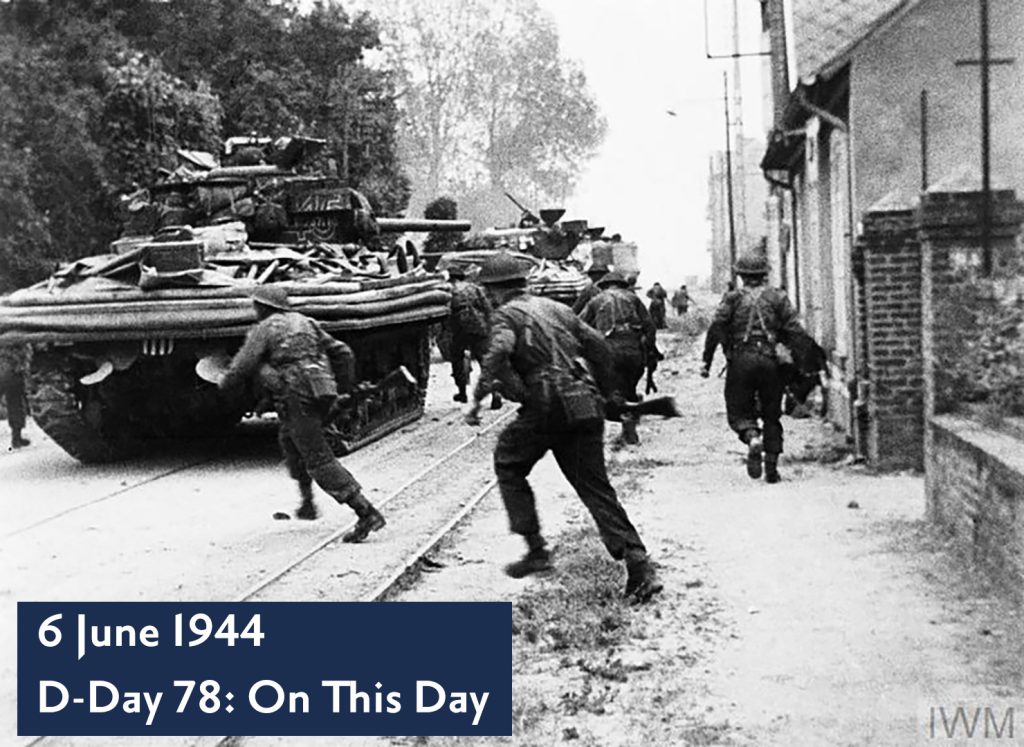
13th/18th Royal Hussars support commandos of No. 4 Commando, 1st Special Service Brigade, on the Rue de Riva-Bella, Ouistreham, 6 June 1944 © IWM MH
William Marfleet – died 6 June 1944
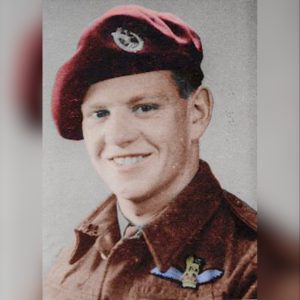
Just after midnight on 6 June 1944, before the main body of troops landed on the Normandy beaches, the first men of the invasion force landed behind the German lines in Normandy, either by parachute or by Horsa glider as part of Operation Tonga. Their tasks: to secure two strategic bridges over the River Orne and Caen Canal and destroy others to stop or delay German reinforcements getting to the landing beaches; to capture Merville Battery which had been identified as threat to the British troops landing on Sword Beach; and to protect the flank of the invasion beaches until they linked up with the forces landing on the beaches. This Story features one of the many glider pilots taking part in the Normandy battle.
Watch the video telling his Story
Allister Austin – died 6 June 1944
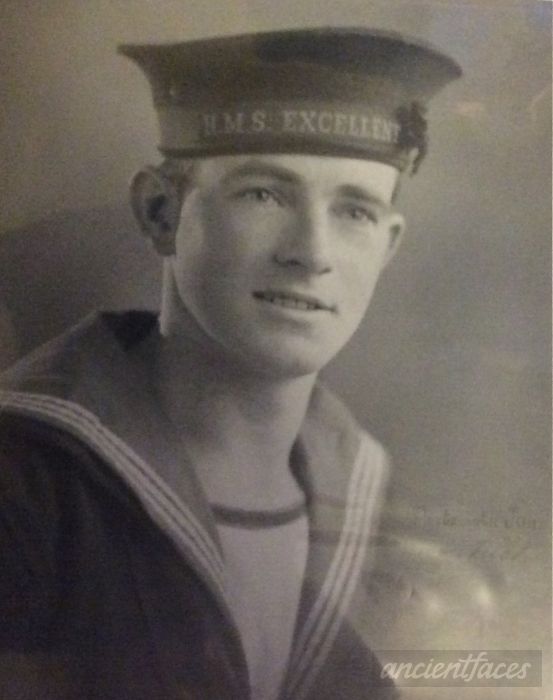
The most well known role the Royal Navy had on D-Day was to transport and land the troops on the beaches. But a small, specialist group of Royal Navy divers had an equally vital role, that of clearing mines and obstacles which had been laid by the Germans to hinder any landings on the beaches. The task was shared with men of the Royal Engineers. The Royal Engineers would clear those above low-water level whilst the divers would clear those laid below the water. Here is the Story of one of those divers.
William Moss – died 6 June 1944
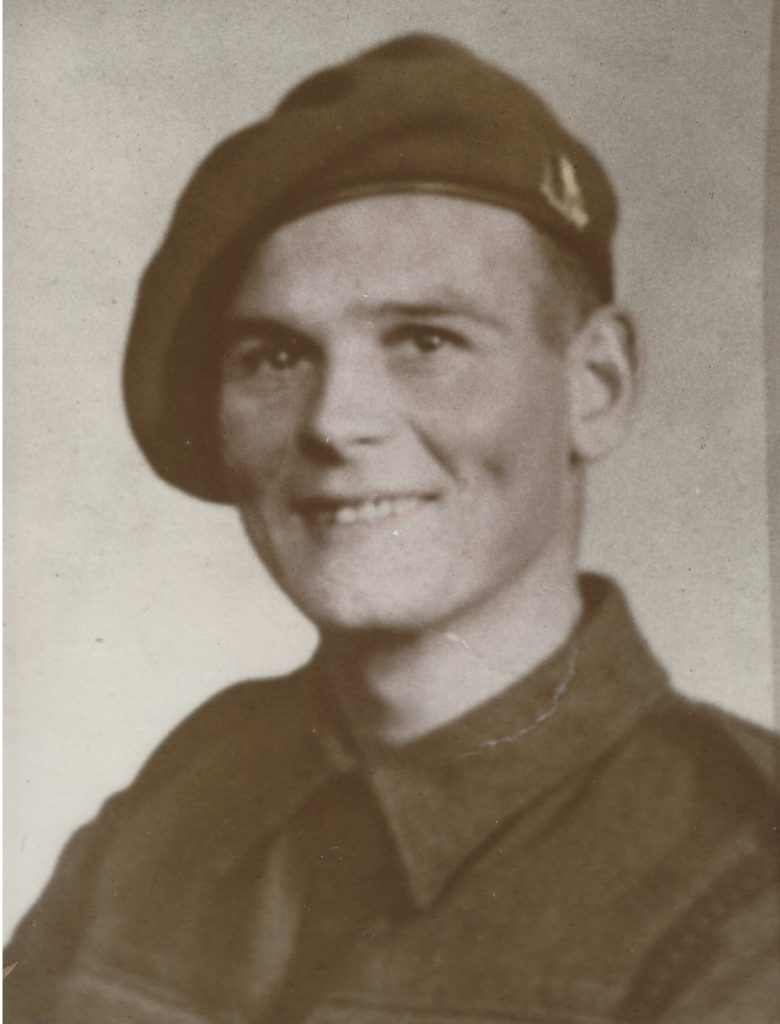
Tens of thousands landed on the beaches but not everyone made it that far. William Moss’ part in the battle would end before he had even landed on the beaches
Emile Bouétard – died 6 June 1944
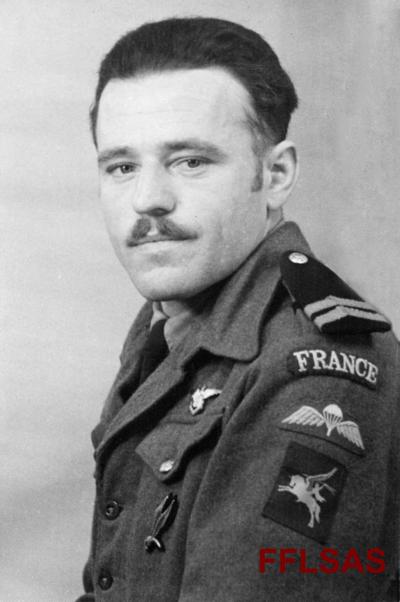
When you think of 6 June 1944, the landings on the Normandy beaches are usually what first come to mind. But the Battle wasn’t just taking place there. The Allies knew they had to to delay German reinforcements being re-deployed to the Normandy beachhead by all means possible. This Story looks at one element of those delaying tactics carried out by men of the Special Forces who were dropped far behind the German lines
Carl van Horn – died 7 June 1944
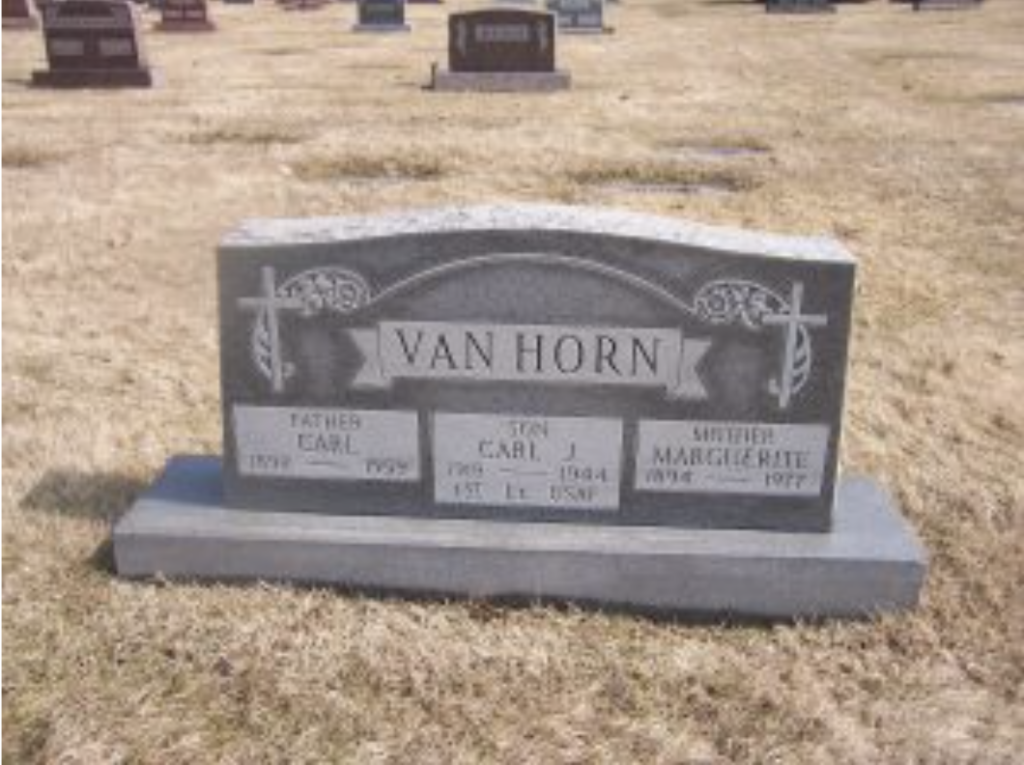
D-Day was just the beginning of the campaign. There was still a long road ahead to liberate Western Europe and between the 6 and 15 June the German forces fought back fiercely to try and throw the Allies back into the sea. The RAF played an important role in ensuring they maintained their foothold. Its crews reflected the multi-national effort and co-operation involved in the campaign. The Story of the American Joseph van Horn and his crew of British, New Zealanders, Australians in Lancaster ND467 illustrates this.
Harry Robertson – died 11 June 1944
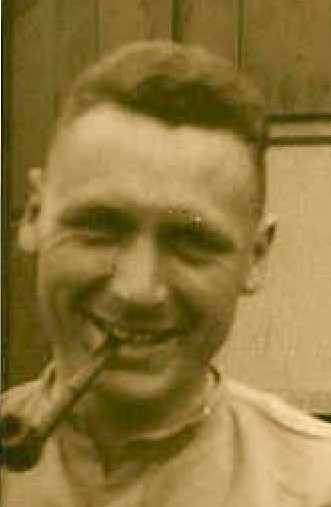
A photo can speak a thousand words. Even if you don’t have a family connection, to be able to put a face to a name of a person named on the British Normandy Memorial makes an instant connection to them. Researchers interested in particular units have been able to find photos of men who commemorated on the British Normandy Memorial and have shared them with us as seen in this Story of Harry Robertson. His Story also shows how men of the Royal Navy didn’t just fight at sea. The Royal Marines, the Royal Navy’s amphibious infantry arm, landed on D-Day and fought alongside the Army to help liberate Europe.
Alfred Rolfe – died 14 June 1944
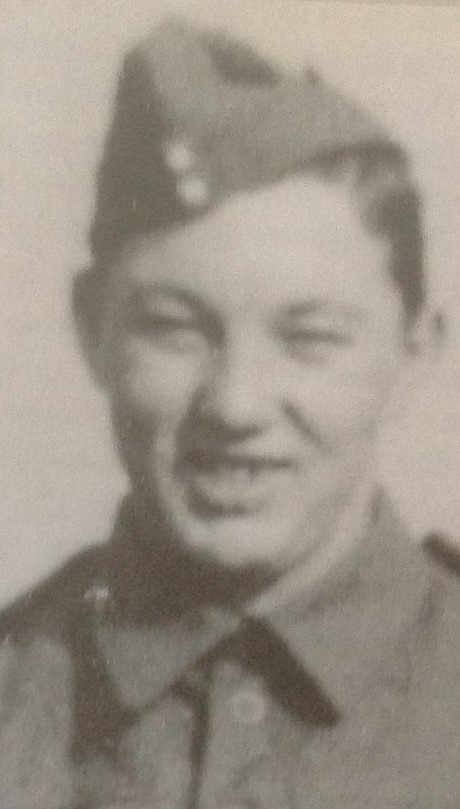
Not all the Stories we have been sent have come from the families of men commemorated on the memorial. Alfred Rolfe is one of a number of Normandy casualties buried in the UK. His name was spotted on his family gravestone by the husband of Sue Goodway as he walked through their local cemetery one day. They did not know him but they wanted to find out more about him and his part in the Battle of Normandy.
Ronald Davies – died 15 June 1944
Behind each death lies a personal story of family loss. This is seen in the Story of Ronald Davies, Royal Engineers, wounded on 14 June 1944 but died the following day. On the day his wife heard of his death she also received a parcel. It contained his belongings and his present to her for her 23rd birthday.
211 Battery, Royal Artillery, firing in support of infantry during the advance on Tilly-sur-Seulles, 13 June 1944 © NAM. 1985-11-36-248
From mid-June the Battle entered a new phase. British and other Allied forces were fighting in the ‘Bocage’ country which was ideal for defence. The great storm of 19 to 22 June disrupted the supply of troops and material and the advance to Caen had slowed. Poor weather often restricted support from the air forces and military gains were limited.
Alfred Barnes – died 17 June 1944
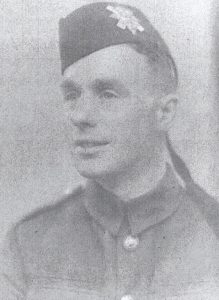
Whilst the big Commonwealth War Graves Commission cemeteries like Bayeux War Cemetery are well-known and hold the majority of those killed during the fighting, there are some quiet spots where you may find the grave of just one fallen serviceman.
Alfred Barnes, who is buried in Basly, Calvados, is one such person. It shows the ongoing connection between the French and the men who came to liberate France. Each year they have laid a wreath on his grave but in 2006 they were contacted by one of his relatives to thank them for the care given.
Sandy Ballantine – died 20 June 1944
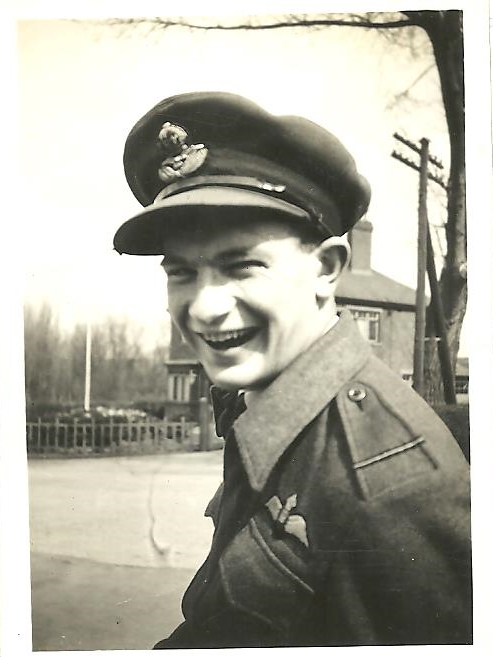
Not all men of the RAF were killed whilst flying. A number played a vital role in maintaining the temporary airfields created in Normandy and despatching aircraft where needed. Sandy Ballantine had served as a pilot until an operation made him blind in one eye. He transferred to Ground Control and discovered that he had an apptitude for radar. He worked as Chief Controller, Ground Control Interceptor and landed on D-Day to set up the radar units at B2 Airfield, Bazenville.
Sidney Cole – died 24 June 1944
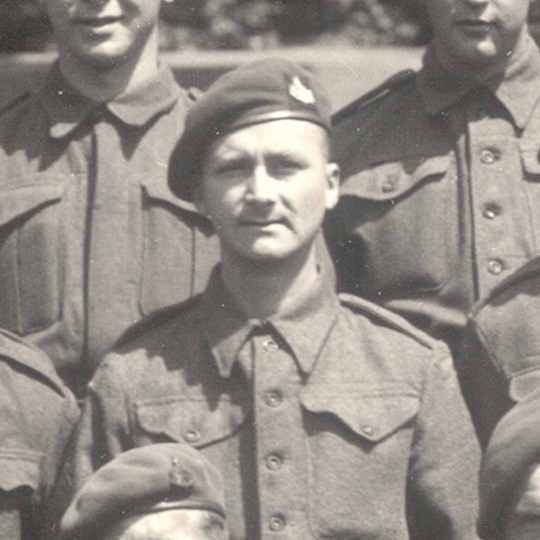
As the Battle of Normandy progressed there was an ongoing need to keep the battlefront supplied with men and materials. Troop ships and supply ships plied the English Channel but the Germans made many attempts to disrupt this. The heaviest loss of life whilst doing this work occurred on 24 June 1944, when the troopship MV Derrycunihy was hit. One of the many men killed that day was Sidney Cole
Watch the video telling the Story
George Brueton – died 25 June 1944
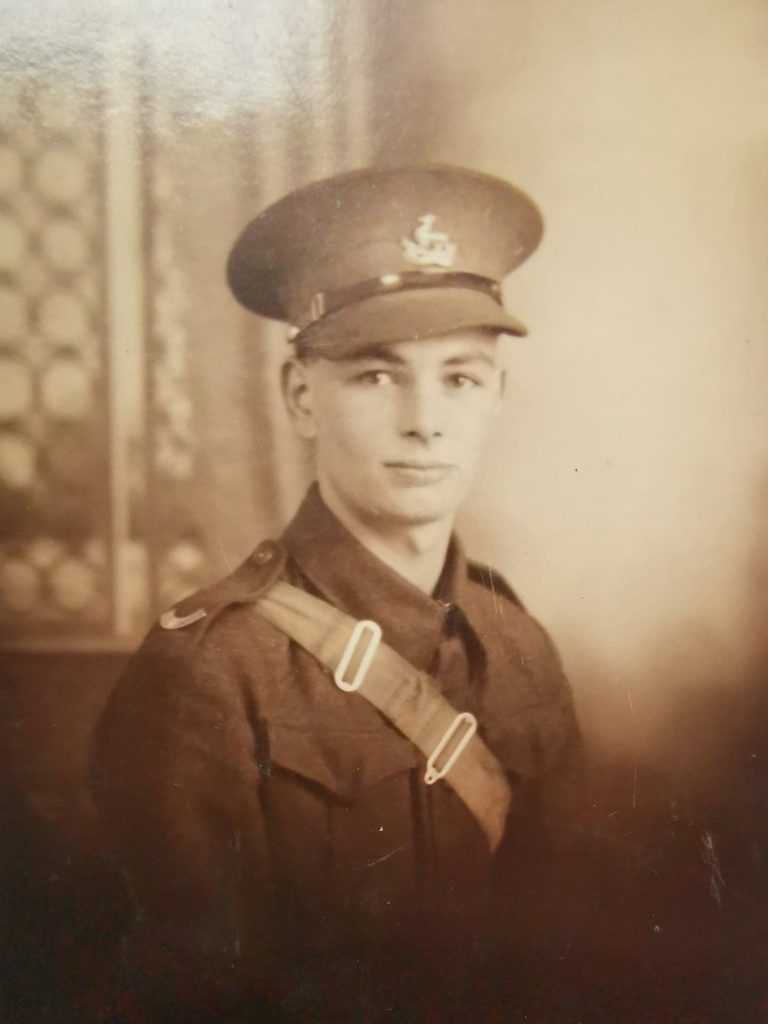
On Armed Forces Day we look at the Story of George Brueton. Trying to ascertain facts is sometimes hard during battles and George’s Story shows how getting confirmation of the date of death could be difficult. But that search for information can bring unexpected surprises as Part 2 of his Story reveals.
David Rhys Geraint Jones – died 28 June 1944
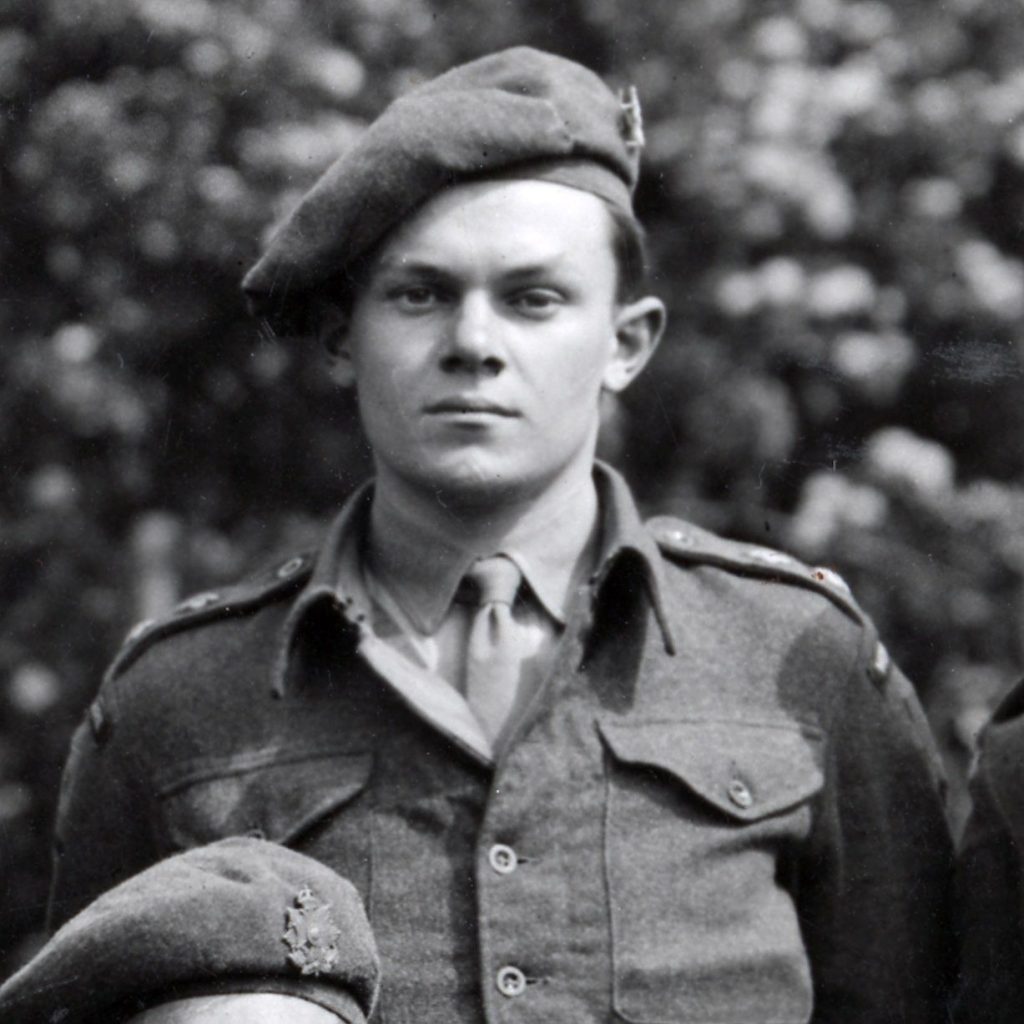
Fighting men can be defined by the part their unit played in the various battles. But those fighting in the battle had other lives and interests. Today we look at the Story of David Rhys Geraint Jones, who served in the 159th Brigade HQ and was killed during Operation Epsom. But he was better known back home in Haverfordwest as a poet.
By the beginning of July, the British attack to the west of Caen had not achieved its full objective as the Germans made powerful counter-attacks. But progress began to be made. Operation Charnwood led to the liberation of the northern part of the city. British forces then attacked further west. Attempts to capture the critical observation point of Hill 112 led to very high lossses on both sides. But the British forces had made a gradual advance.
Leslie Lloyd and crew of ND975 – died 1 July 1944
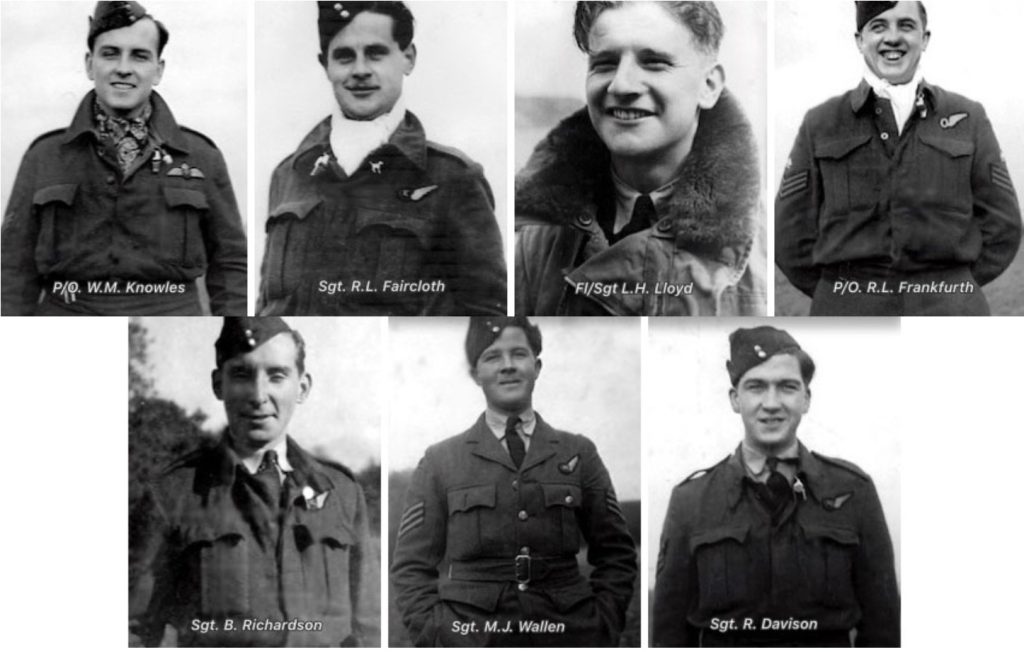
At the beginning of July, the RAF continued to target the re-deployment of German troops. Leslie Harold Lloyd and his crew of ND975 were sent to attacking the railway marshalling yards.
Thomas Hollis – died 4 July 1944
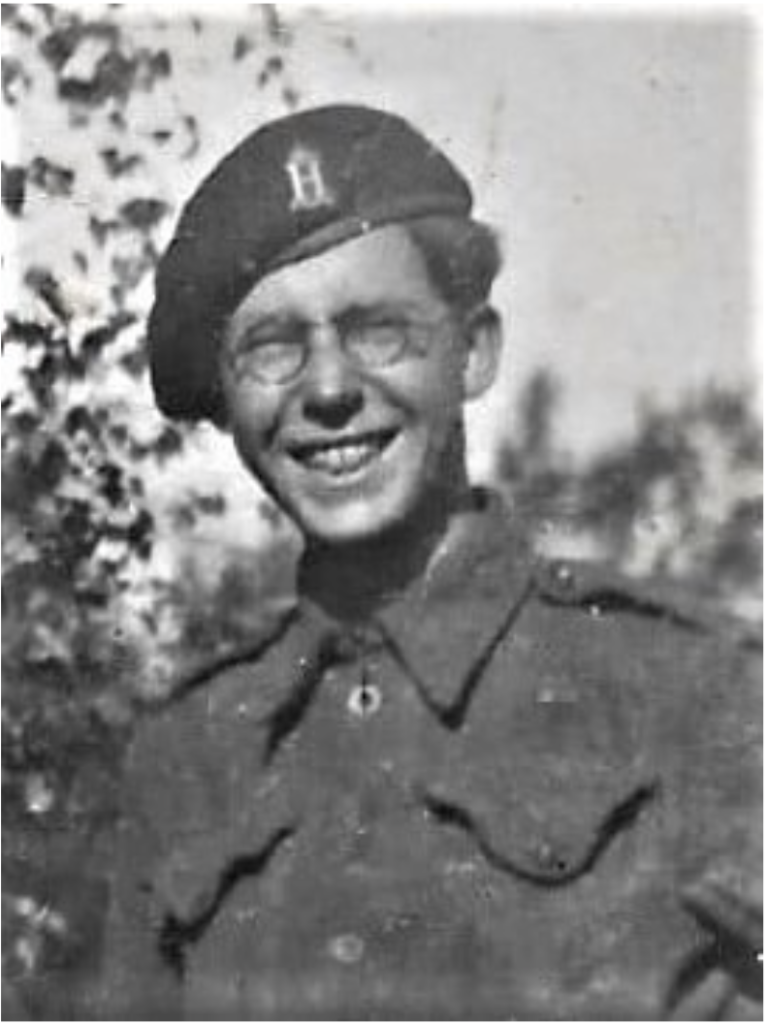
A photo can speak a thousand words. To be able to put a face to a name of a person named on the British Normandy Memorial makes it feel more personal, even if you don’t have a family connection. Researchers like those of the 11th Armoured Division Facebook Group and its Black Bull Research Team have been able to find photos of some of the men who served with the Division. One of them they found was Thomas Frederick Hollis, killed in action on 4 July 1944. Operation Windsor was launched on this day. Whilst the British engaged the German forces north of Caen the Canadian bypassed Caen to the west and were able to capture the airport at Carpiquet.
Fred Payne – died 8 July 1944
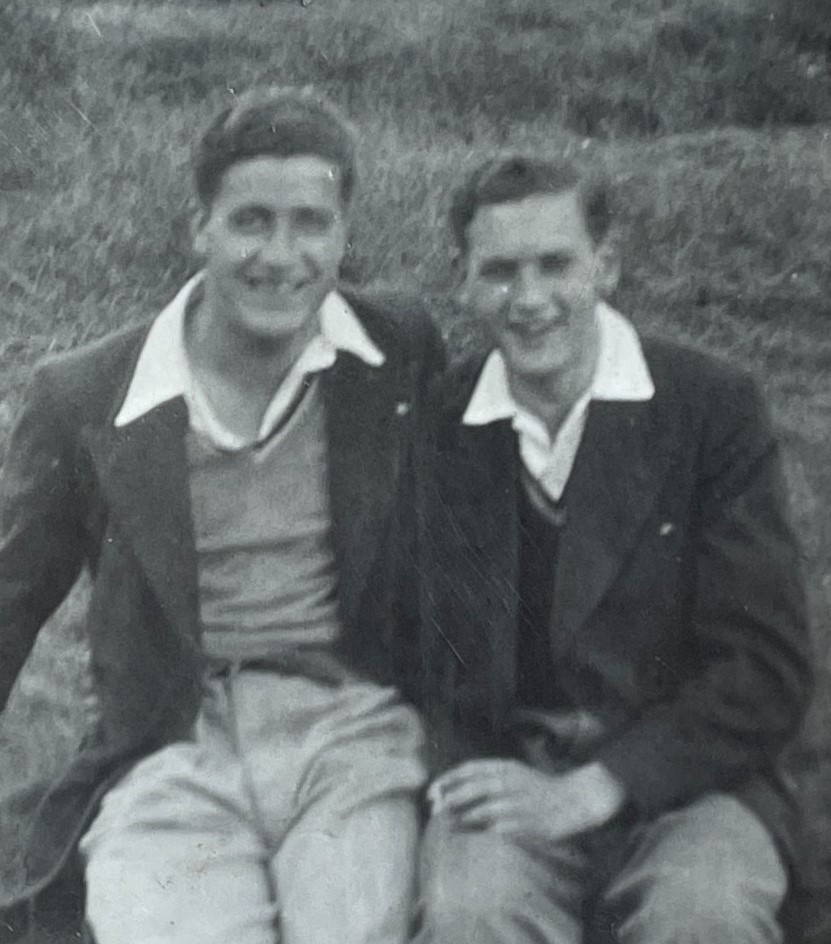
There were many brothers who fought in Normandy, sometimes in the same unit and sometimes in different ones. Many survived but some families had a more tragic outcome. This Story is about Ernest and Fred Payne, two brothers who were killed within a month of each other. Ernest was killed on 9 June, just after landing in Normandy, and Fred died 8 July, on this day 78 years ago, during Operation Charnwood.
Leonard Spreadbury – died 12 July 1944
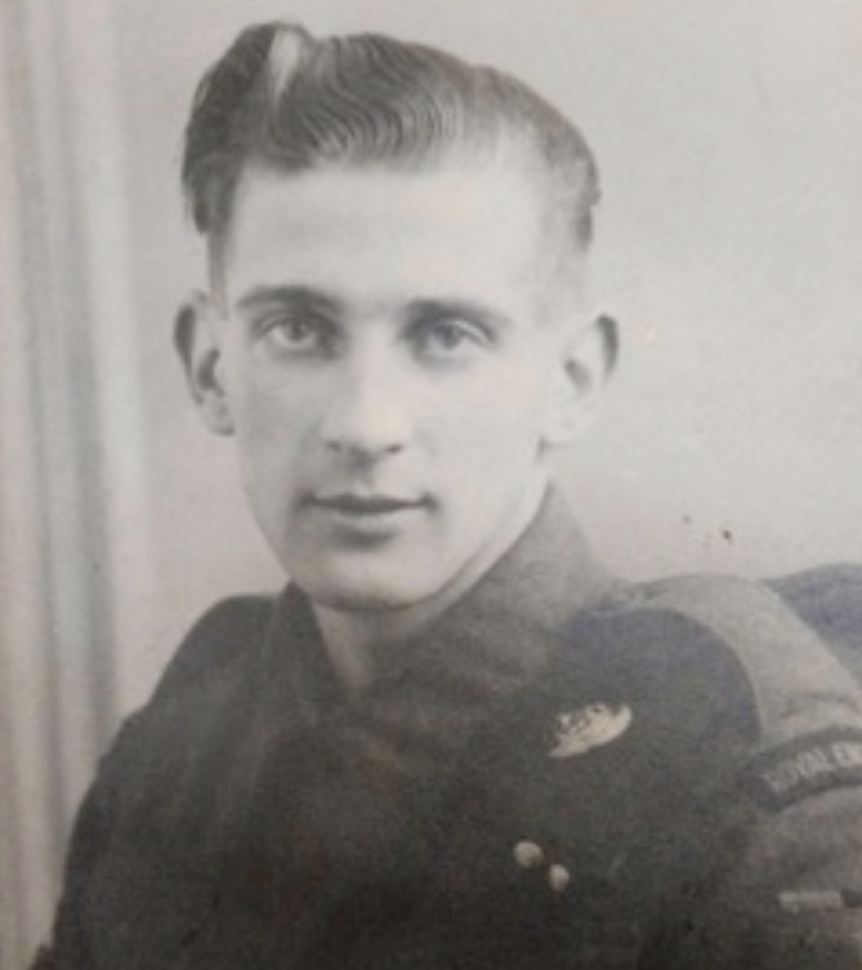
The laying of minefields as a line of defence was a common task for both the Allies and Germans. But once the battle had moved on, the need for mine clearance was of parmount importance for the Allies and local inhabitants. This Story is about the role of Leonard Speadbury of the Royal Engineers, who was one of many trained to carry out this dangerous work with tragic consequences.
John Mackintosh-Walker – died 15 July 1944
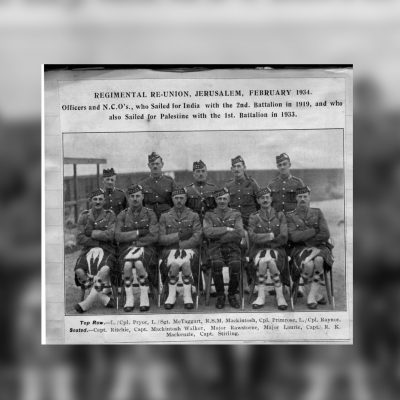
Men of all ranks were killed in the Battle of Normandy. Brigadier John Ronald Mackintosh-Walker was one of the more senior ones. He was killed when in the front line on the first day of the second.
By mid-July the gruelling struggle continues. The next major British offensive was Operation Goodwood, supported by a high number of British tanks and British and American heavy and medium bombers. Whilst it did not lead to as big advance as was hoped for it still meant that many of the strongest German units were held in that region rather than being sent against the Americans who were pressing forwards in Operation Cobra. It enabled the Americans to break-out to the south of Saint-Lô.
Sydney Letts – died 18 July 1944
Today’s Story is about the part the RAF played in Operation Goodwood. On the 18th July they flew in support of the armoured units attacking the 21st Panzer Division and 16th Luftwaffe Field Division. But this story shows that not everyone involved in the Battle of Normandy died on French soil.a
William ‘Jack’ Millard – died 20 July 1944
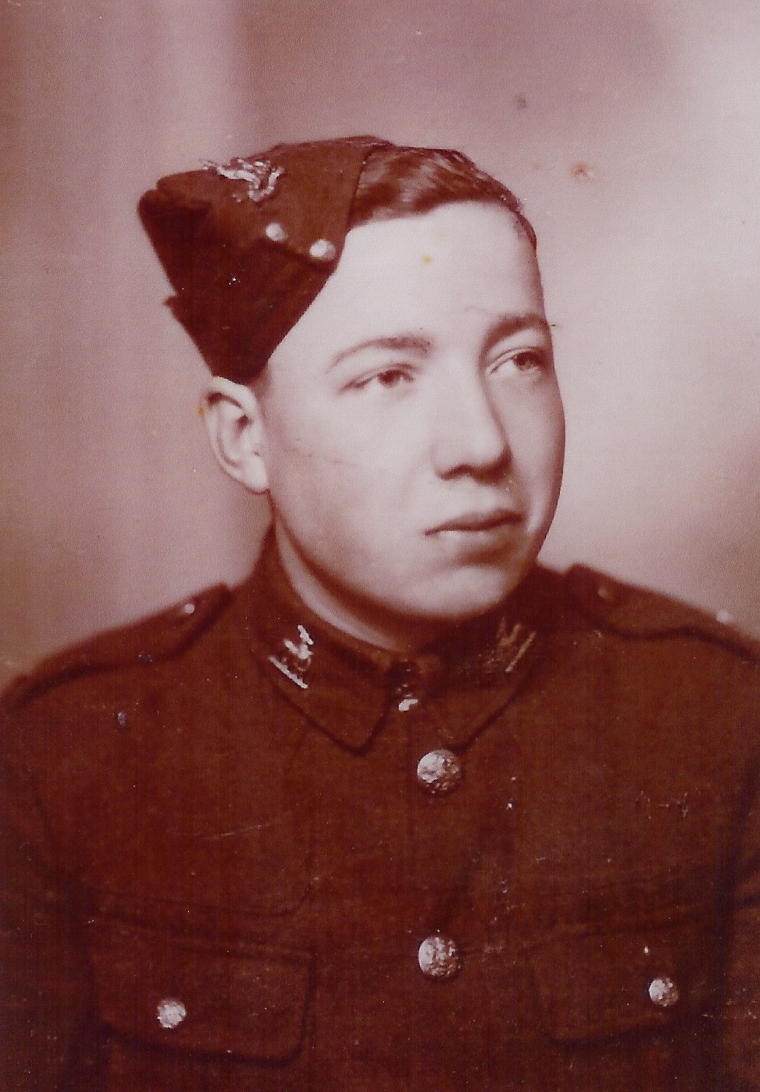
For some of those landing in Normandy this wasn’t their first time in action in France. Some had fought there with the British Expeditionary Force in 1940 and were evacuated from Dunkirk. They returned in 1944 but a number would not live to see the liberation of Europe in 1945. Here is the Story of William John Millard, known as Jack.
Walter Vatcher – died 26 July 1944
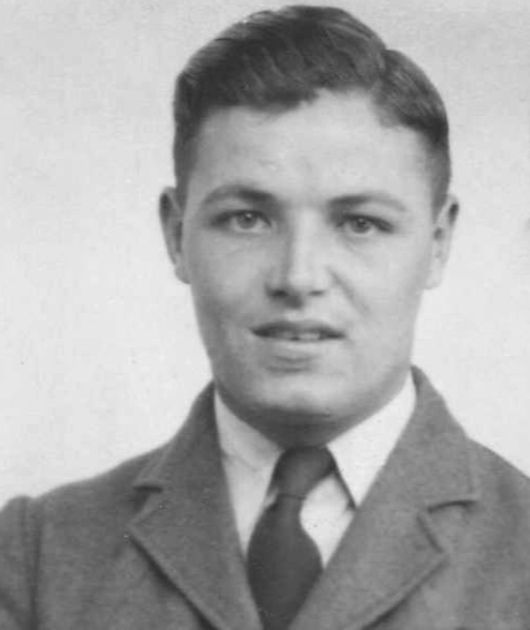
Walter Vatcher was a Canadian who served as a pilot in the RAF. He enlisted in 1940 and was eventually posted to 174 ‘Mauritius’ Squadron. The squadron flew Hawker Typhoons and their role in Normandy was to support the Allied ground troops by attacking German armour, motor transport, tanks and strong points. Shortly after D-Day they moved to one of the temporary airfields that had been created in Normandy. He flew 28 sorties in support of the ground forces and his bravery was recognised with the award of the Distinguished Flying Cross, effective from 25 July. But his pride at receiving the award was to be short-lived. On 26 July he took off on what was to be his 29th but last sortie.
Thomas Warby – died 27 July 1944
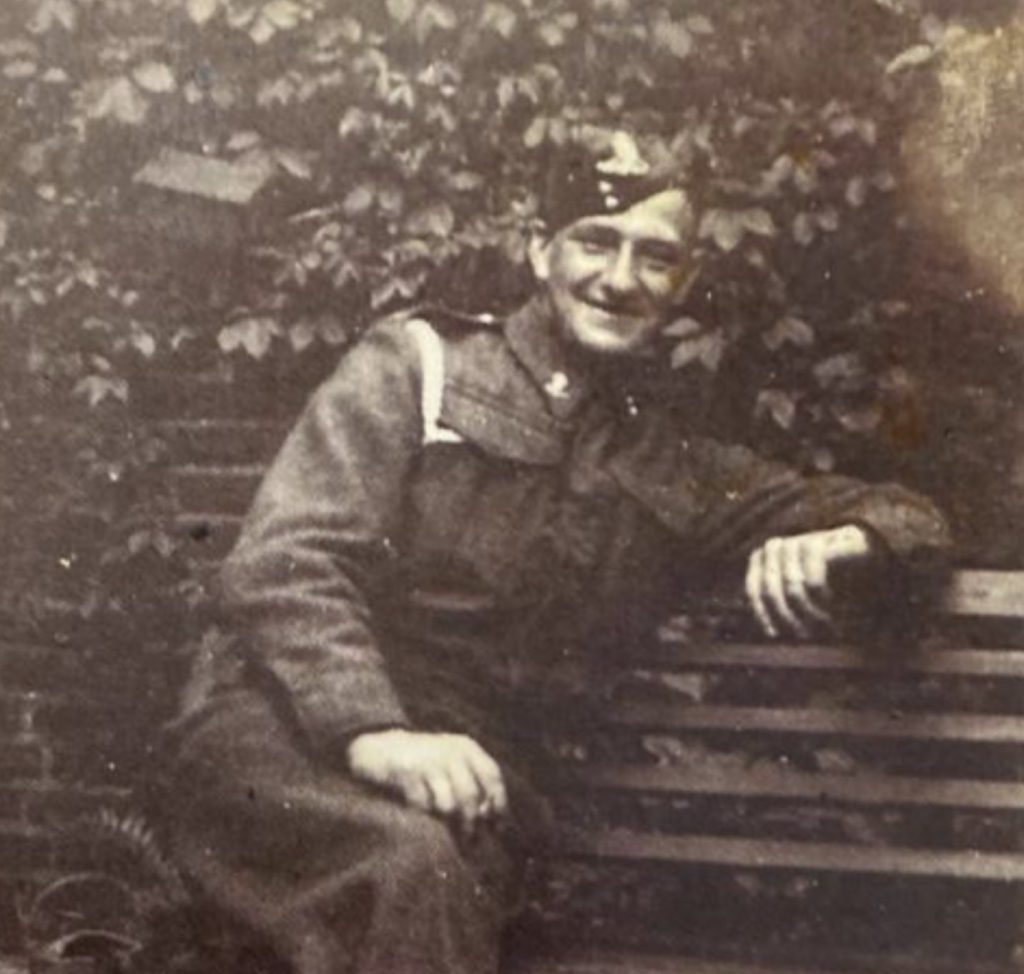
One unenviable task was the writing of letters of condolence to the families of men who had been killed. Whilst battle conditions meant there was often a delay in the writing of them, many commanding officers would take the time to do this when they were able.
In this Story, Thomas’ son, who was only one years old when his father died, shares the condolence letter Thomas’ commanding officer wrote to his mother Mary.
With the liberation of Caen, the British forces moved to the west of the city in preparation for Operation Bluecoat. The objective was Mont Pinçon which was taken after seven days of fierce fighting. Success with Bluecoat together with advances by the Canadians in Operation Totalize and Operation Tractable paved the way for the encirclement of the Germans in the area around Falaise.
Andrew Hay – died 30 July 1944
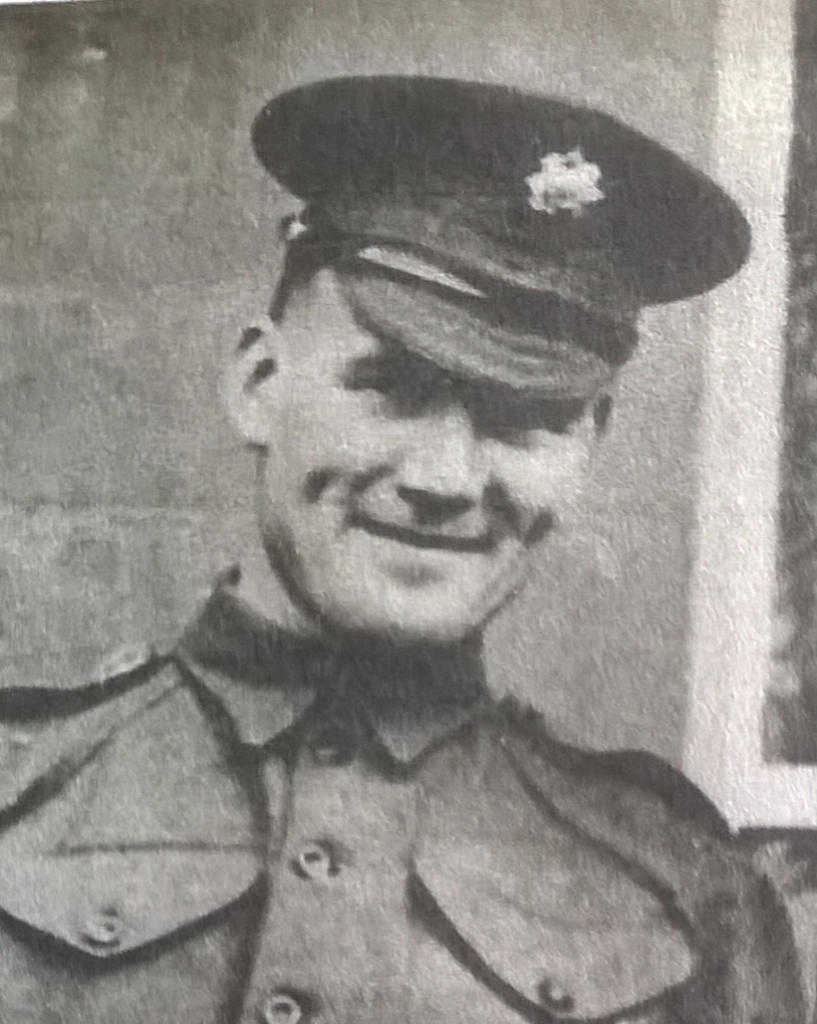
Today we look at the story of Andrew Hay and his part in Operation Bluecoat.
William Brennan – died 5 August 1944
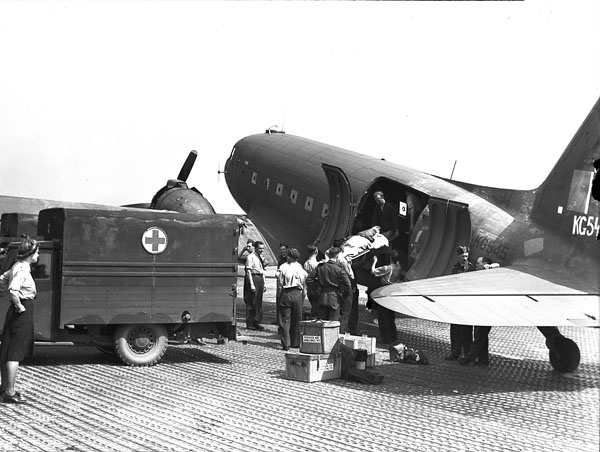
The logistical planning for D-Day and the Battle of Normandy was incredibly complex as a multitude of activities needed to be managed. One vital aspect was how to deal with the casualties. Field hospitals were built in France to deal with the wounded, many of who were able to return to their unit. But the more severely wounded were repatriated back to hospitals in the UK. In the early days of the battle, they were taken by ship, as can be heard about in the Story of two nursing sisters, Mollie Evershed and Dorothy Field, the only women to be commemorated on the memorial. But once the temporary airfields were operating, the wounded could also be flown home. However, their evacuation by aircraft wasn’t without its dangers as this Story of William Brennan shows.
Reginald Smith – died 9 August 1944
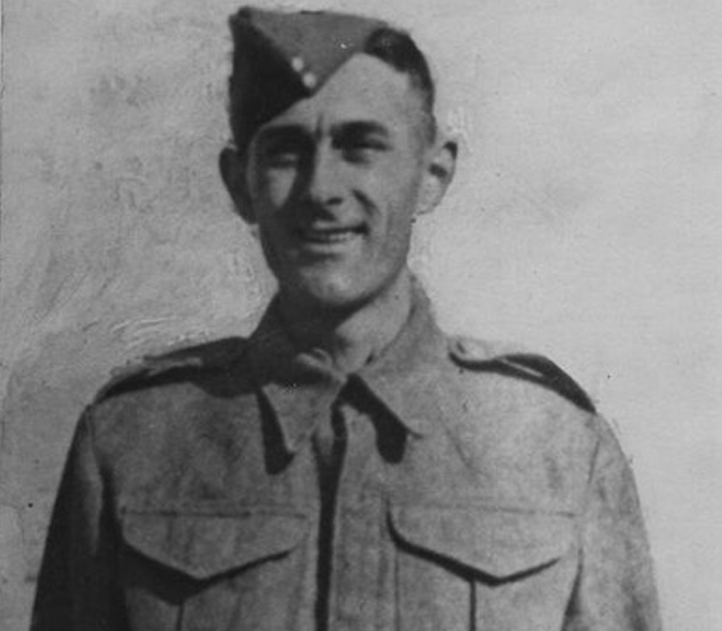
For every death in Normandy, a family back home would have to try to pick up the pieces of their lives. Today we look at the Story of Reginald Smith and the impact his death had on his family. Reginald was one of the many who were sent to Normandy to replace battle casualties incurred by units fighting in France. He joined the 7th Battalion, Green Howards on 21 June 1944 but he was killed on 9 August on the first day of their attack on St Pierre La Vielle. His death at the age of 34 left his family with no income and no home at the time, having been bombed out of their home in Twickenham, South West London. Rebuilding their lives became the priority but as the children grew up and they had family of their own they wanted to find out more about the father they lost in 1944. You can read about their search in part 2 of his Story.
Gordon Allan – died 11 August 1944
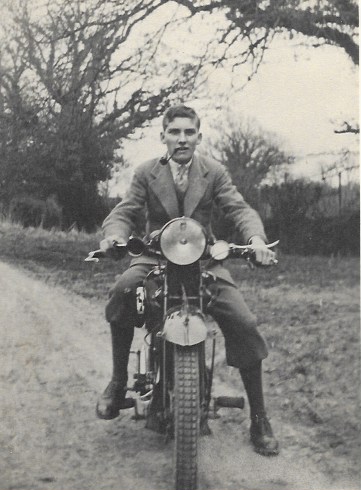
Death in action often left the families with many questions about how their relative died and some families attempted to establish the circumstances of their death. However, this family’s search for information revealed unexpected facts about the person they thought they knew so well. This is the Story of Gordon Allan.
The Rev. Patrick McMahon – died 14 August 1944
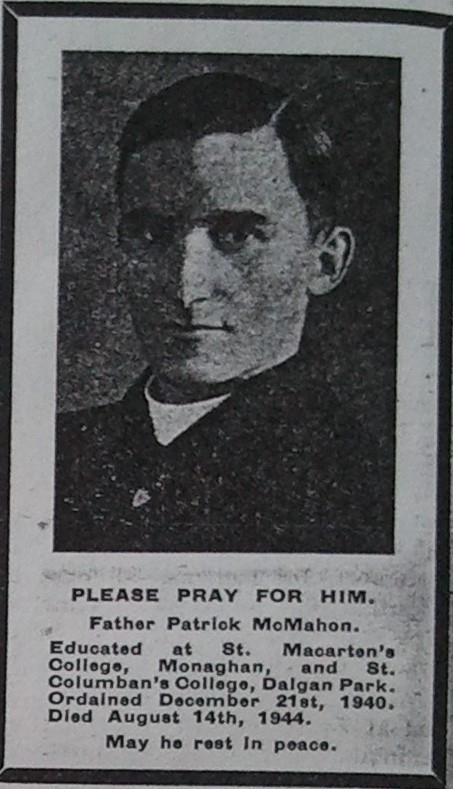
Men of the Royal Army Chaplains’ Department provided spiritual, moral and pastoral support to the servicemen and women in Normandy and the relationship they had with the unit they were attached to was a close one. The Story of the Rev. Patrick Joseph McMahon, killed during Operation Tractable as the Allies worked to encircle German troops around Falaise, shows the significance of the work they did and its value to the servicemen.
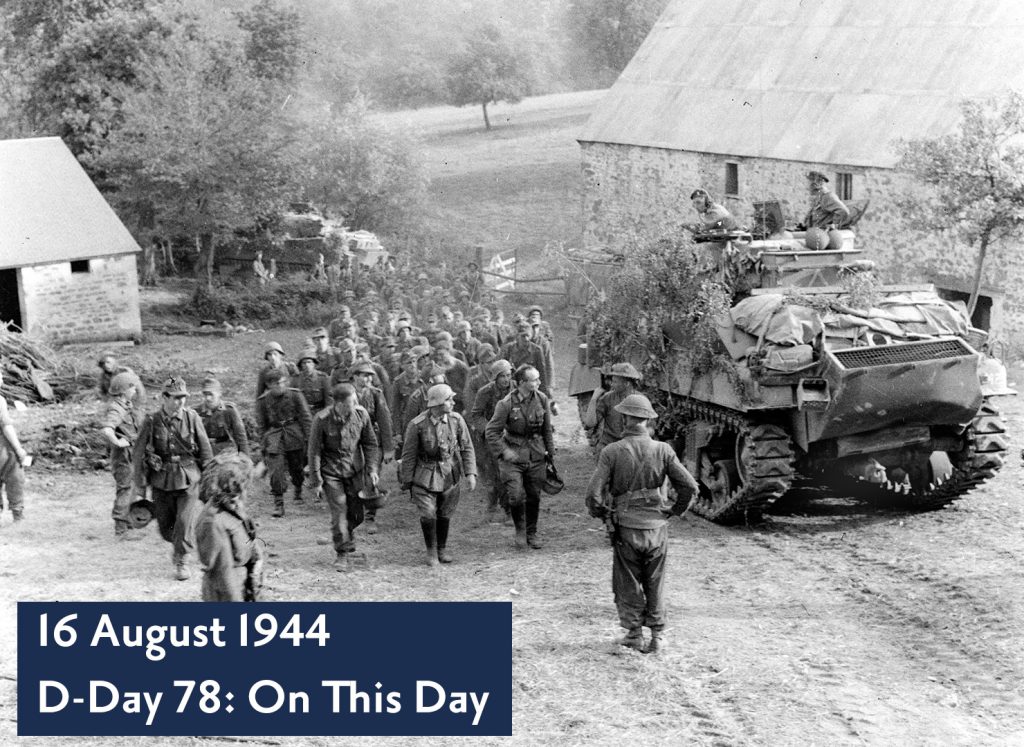
Over the coming weeks, the Battle of Normandy was coming to its conclusion. Allied forces were advancing along almost the entire front as they worked to encircle large numbers of German troops in the area that became known as the Falaise Gap. The Americans reached the Seine by mid August but encountered fierce resistance. On 26 August the British and Canadians crossed the Seine at Vernon and Paris was liberated by French and American troops. Fighting continued in many places but by 31 August it was clear the Battle of Normandy had been won and the Allied armies were moving into the next phase of the fighting as they regrouped before their advance from Paris towards Germany to eventually meet up with Soviet troops moving from the East.
Geoffrey Brown – died 17 August 1944
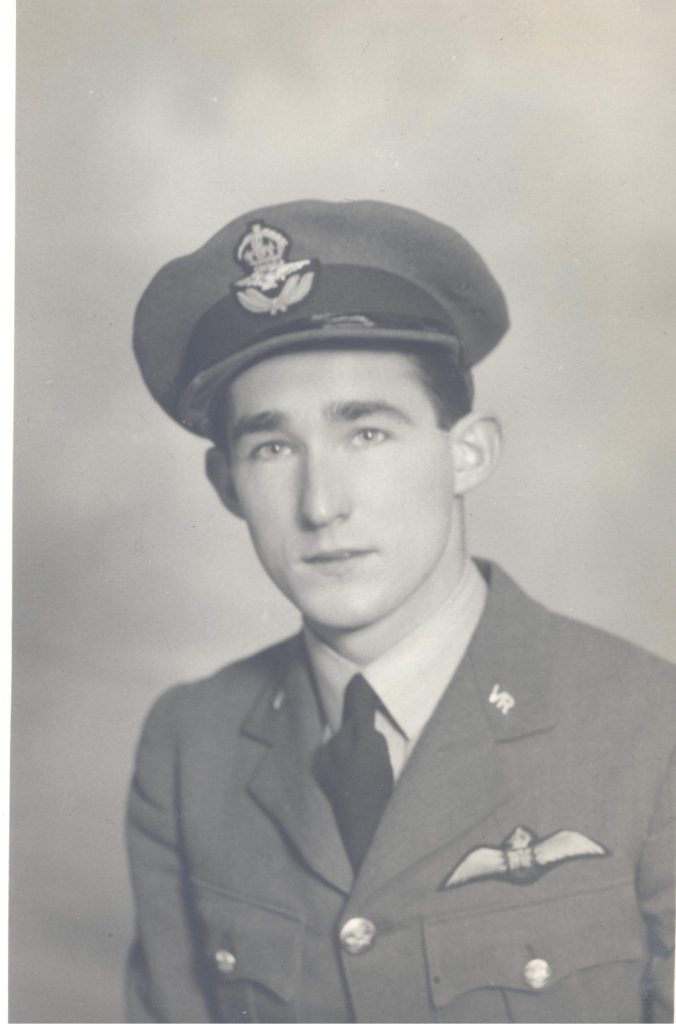
As the fighting around Falaise was coming to an end, the RAF played an important part in supporting those fighting to close the Falaise Pocket. Here is the Story of Geoffrey Campbell Brown’s part in that battle.
Andrew Newham – died 20 August 1944
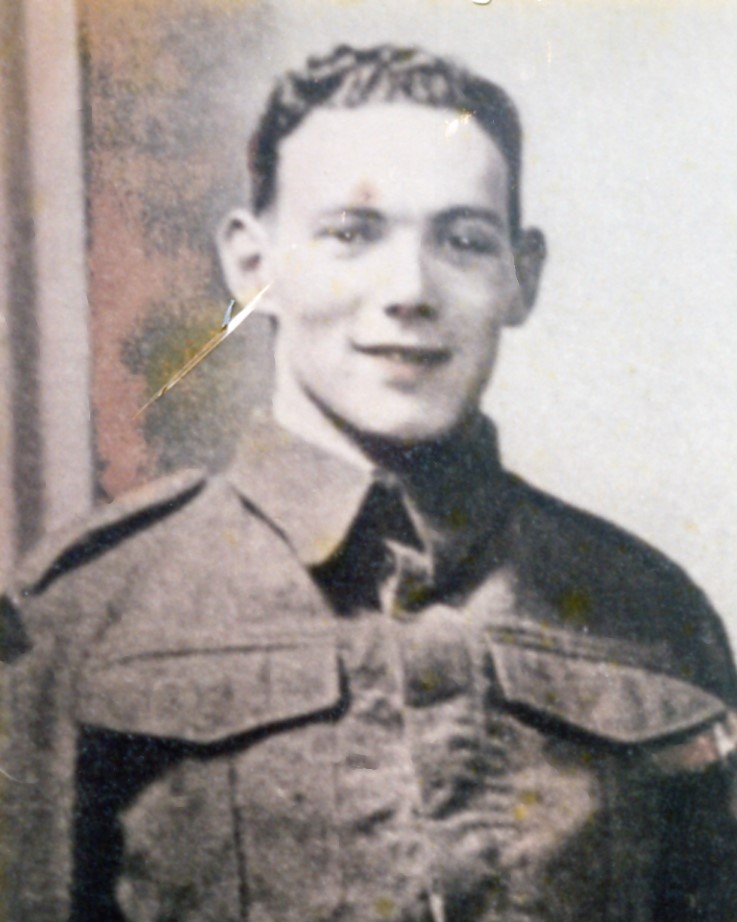
In this Story, we can explore two aspects of the Normandy battle. Firstly, the medical help provided to the wounded in battle conditions. Secondly, how, after the death of a serviceman, the French would ‘adopt’ a grave as their way of saying thank you for their liberation.
Sayana Thyagarajan – died 25 August 1944
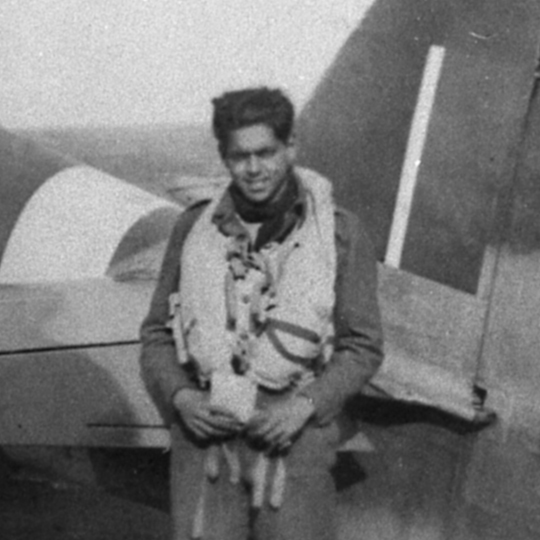
Once the Falaise pocket was closed, those German troops who had got away began to retreat across the Seine. The RAF carried out many sorties to try and stop them, amongst them Sayana Puram Duraiswamy Thyagarajan. Born in India, his participation reflects the multi-national endeavours in the battle.
Watch the video
William Hill – died 26 August 1944
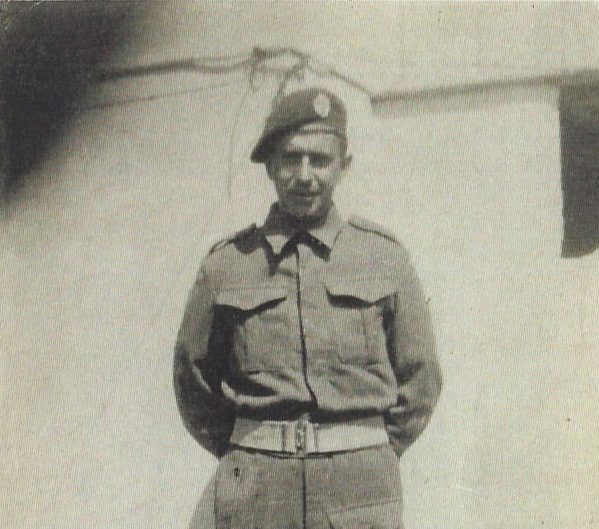
We finish this overview of the many Stories we have collected and researched by reflecting on those who died many weeks after being wounded. William Hill was severely wounded on 28 July 1944 during the attacks on Maltot. He was repatriated back to the UK but died of his wounds on 26 August 1944.
It would take many years for Normandy to recover from the ordeal of the battle. But life would slowly return to normal and the cemeteries built for the fallen and sites of key battles would become places of pilgrimage, a reminder of the cost of war.
You can explore more Stories of the fallen here.
The Stories can also be viewed on our app. The British Normandy Memorial app is designed to accompany you as you make your way around the Memorial site; a virtual tour guide to help enhance your experience. You can also use the app to plan your future visit or simply learn more about the Memorial and its story from wherever you are.
To support the Trust in maintaining and preserving the Memorial for future generations, you can become a Guardian by giving £10 or more a month.




